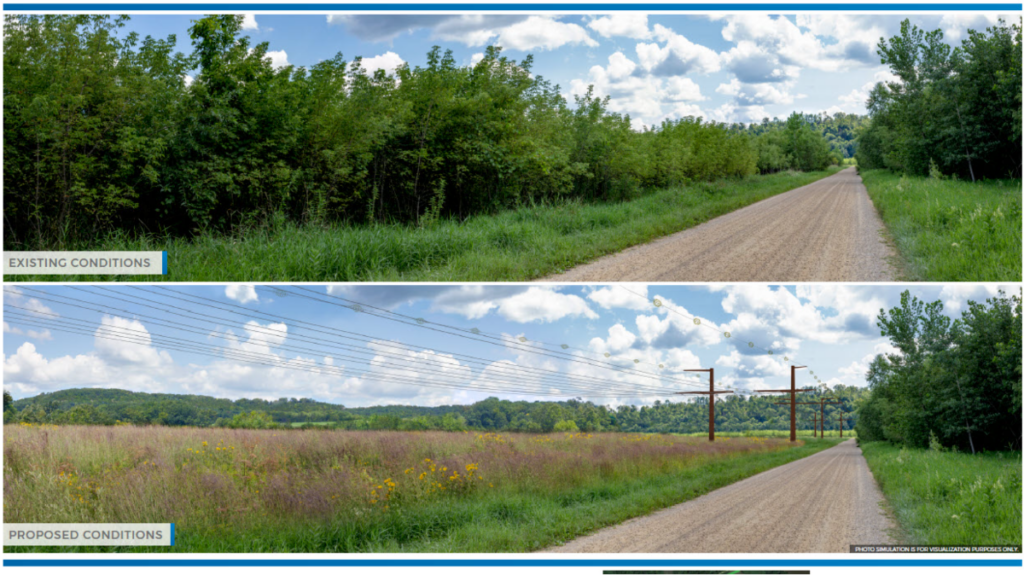The Grid: Transition in Action

Achieving net-zero goals by 2050 requires a massive and rapid expansion of the electrical power grid. Yet, from where we sit today, that looks as easy as scoring affordable tickets to the Eras Tour.
Background: Transmissions lines are about as key to the energy transition as guac is to Taco Tuesday. New power lines are needed to both transport electricity from new generation points and to manage more sources that produce less frequently.
Unfortunately, the current electrical grid is insufficient for the large-scale deployment of clean energy outlined in many net-zero pathways.
Grid needs to achieve a net-zero world by 2050

Some shocking (heh) power line stats:
- According to the New York Times, the United States will require 47,300-gigawatt miles of new power lines by 2035, which would increase the size of the grid by 57 percent.
- Globally, the power grid needs to double, expanding to 152 million kilometers, according to BloombergNEF estimates. Laid out in a single line end to end, that would extend from here to the Sun.
Needless to say, this ain’t gonna be cheap. BNEF estimates annual global spending on grids will need to jump from today’s level of $274 billion to over $1 trillion by 2050. Even with the release of the Inflation Reduction Act, the US appears way behind.
US power grid investment scenarios

But while the costs are significant, so are the benefits.
- When modeling the human and climate costs, the US Department of Energy see the virtues of achieving a net-zero grid outweighing the costs, which it estimates at $740 billion annually by 2035.
The benefits come in the form of reduced climate impacts and greater human health.
The issue: Standing in the way of more transmission being built out is a tale as old as pipelines time: NIMBYism.
As protestors figured out how to stall the development of long-linear infrastructure like pipelines, that playbook has spilled over to transmission lines.
The 102-mile Cardinal-Hickory Creek transmission line in the US Midwest was stalled for more than four years by residents and environmentalists over its potential impact on a local wildlife refuge.
- More than 100 projects amounting to 17 gigawatts of clean energy were affected waiting for the project to move forward.

That storyline is far from unique.
On the East Coast for the past six years, energy companies and residents of Maine have been in conflict about a transmission line that would bring renewable hydropower from Quebec to Maine. The $1-billion, 53-mile power line would have powered 1.2 million homes with low-carbon electricity, but Maine voters ultimately rejected it.
Bottom line: Energy transition = industrial expansion. A recent study by Princeton University found that if the grid is built out at the current rate, it will negate an estimated 80 percent of the emissions reduction benefit of the Inflation Reduction Act.
To meet ambitious climate goals will require building out infrastructure at faster rates than Western nations have historically been comfortable with.
104 – Air Jordan 4 Laser Black kaufen kannst – Jordan Legacy 312 Storm Blue – AQ4160 | Nike Air Jordan 1 Mid Black Siren Red Womens Bq6472 004 – Nike SB Stefan Janoski Free – AspennigeriaShops – Canvas



